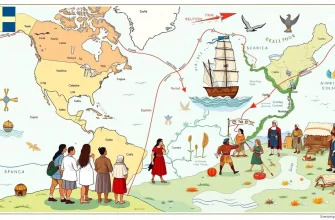Delving into the past can be a thrilling adventure, especially when it's through the lens of cinema. This curated list of biopics transports you to the heart of ancient civilizations, offering a glimpse into the lives of remarkable individuals who shaped history. From the sands of Egypt to the grandeur of Rome, these films not only entertain but also educate, providing a rich tapestry of cultural heritage and human achievement. Whether you're a history buff or just love a good story, these films are sure to captivate and enlighten.
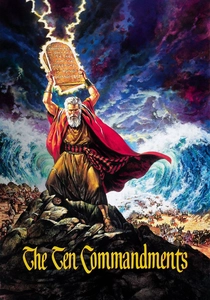
The Ten Commandments (1956)
Description: This epic retelling of the biblical story of Moses, from his birth to his leadership of the Hebrews out of Egypt, is a cornerstone of ancient civilization cinema.
Fact: The film was shot in Egypt, with the parting of the Red Sea scene being one of the most iconic special effects of its time. It was the highest-grossing film of
 Watch Now
Watch Now
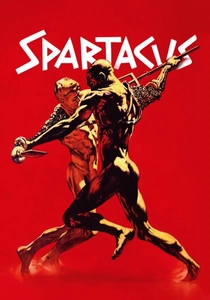
Spartacus (1960)
Description: This epic tells the story of Spartacus, the Thracian gladiator who led a major slave uprising against the Roman Republic. It's a tale of freedom, leadership, and the fight against oppression.
Fact: The film was groundbreaking for its time, featuring one of the first interracial kisses in Hollywood cinema. It also had a significant impact on the portrayal of slaves in film.
 Watch Now
Watch Now
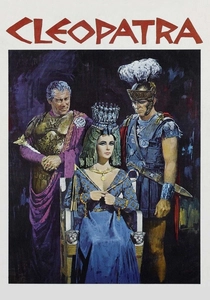
Cleopatra (1963)
Description: This epic film chronicles the life of Cleopatra, the last pharaoh of Ancient Egypt, known for her intelligence, charisma, and political astuteness. It's a lavish portrayal of her relationships with Julius Caesar and Mark Antony, set against the backdrop of Rome's transition from republic to empire.
Fact: The film was one of the most expensive ever made at the time, with a budget of $44 million. Elizabeth Taylor's costumes were so elaborate that they required a team of 70 people to manage.
 Watch Now
Watch Now
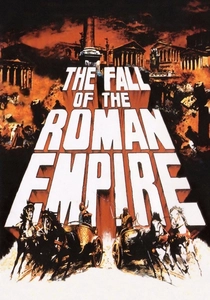
The Fall of the Roman Empire (1964)
Description: This film explores the decline of the Roman Empire through the eyes of Marcus Aurelius, his son Commodus, and the general Livius, offering a dramatic portrayal of political intrigue and moral decay.
Fact: The film was shot in Spain, with sets that were so vast they were visible from space. It was one of the last of the great Hollywood epics of the era.
 Watch Now
Watch Now

Gladiator (2000)
Description: While not strictly a biopic, this film captures the essence of Roman life through the story of Maximus, a betrayed general who becomes a gladiator to seek revenge against the corrupt emperor Commodus.
Fact: The film was inspired by the life of Marcus Nonius Macrinus, a Roman general who served under Emperor Marcus Aurelius. The Colosseum scenes were shot in Malta, with a replica built to scale.
 Watch Now
Watch Now
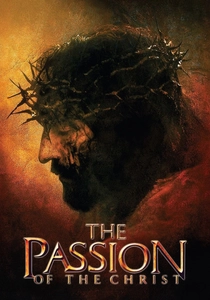
The Passion of the Christ (2004)
Description: While not strictly about an ancient civilization, this film portrays the last 12 hours in the life of Jesus Christ, offering a deeply emotional and controversial depiction of his crucifixion.
Fact: The film was shot in Aramaic, Latin, and Hebrew, with subtitles in English. Mel Gibson, the director, funded the film himself due to its controversial subject matter.
 Watch Now
Watch Now
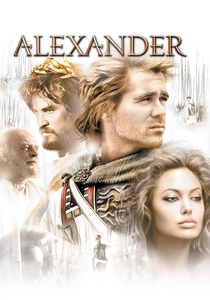
Alexander (2004)
Description: This biopic delves into the life of Alexander the Great, exploring his conquests, his complex relationship with his mother Olympias, and his quest to reach the "ends of the world and the Great Outer Sea."
Fact: The film was shot in multiple locations including Morocco, Thailand, and England to capture the vastness of Alexander's empire. Oliver Stone, the director, was fascinated by Alexander's life for over 15 years before making the film.
 Watch Now
Watch Now
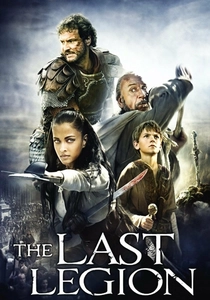
The Last Legion (2007)
Description: This film blends historical fiction with the fall of the Roman Empire, focusing on the last Roman emperor, Romulus Augustus, and his journey to reclaim his throne with the help of a legion of loyal soldiers.
Fact: The film was shot in several locations including Slovakia, Tunisia, and Italy, with the final battle scene filmed in the real Colosseum in Rome. It's loosely based on the legend of King Arthur.
 Watch Now
Watch Now
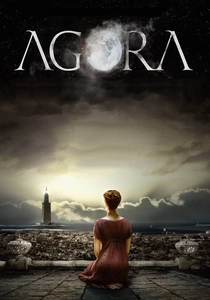
Agora (2009)
Description: Set in 4th-century Alexandria, this film focuses on Hypatia, a philosopher and mathematician, highlighting her struggle against religious intolerance and her contributions to science and philosophy.
Fact: The film was shot in Malta, with sets designed to replicate ancient Alexandria. It was the first Spanish film to be shot in IMAX.
 30 Days Free
30 Days Free

Ben-Hur (1959)
Description: This classic film follows the story of Judah Ben-Hur, a Jewish prince who becomes a galley slave and eventually seeks revenge against the Romans, set during the time of Jesus Christ.
Fact: The chariot race scene was filmed over three months, with 15,000 extras and 18 cameras capturing the action. It won 11 Academy Awards, tying the record for the most Oscars for a single film.
 30 Days Free
30 Days Free





